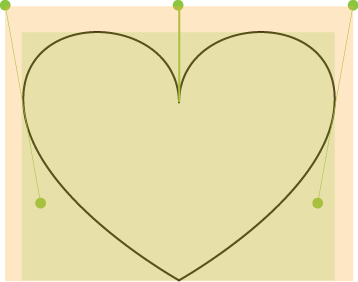Package Exports
- svg-boundings
This package does not declare an exports field, so the exports above have been automatically detected and optimized by JSPM instead. If any package subpath is missing, it is recommended to post an issue to the original package (svg-boundings) to support the "exports" field. If that is not possible, create a JSPM override to customize the exports field for this package.
Readme
Bounding Box Calculator for AI exported SVG
This module calculates the bounding box of SVG shape elements. SVG shape elements includes <circle>, <ellipse>, <line>, <path>, <polygon>, <polyline>, <rect>. It works best for SVG documents exported from Adobe Illustrator. The test only covers files from Illustrator. It assumes all the property values are valid.
What it doesn't do
The bounding box the module calculates doesn't exactly match the real one in some cases, we'll cover this in a later section. If you want a precise solution, this module is not for you.
This module doesn't account for the position of an embedded SVG document, meaning the result is relative to the SVG document's top left corner.
Since Illustrator always adds transform property on shape elements (when you save as SVG using "Presentation Attributes" for CSS Properties option), not on groups (the <g> tag), this module doesn't take nested transform into consideration.
A word for non-exact matching bounding box
The result returned by this module should be the same as the browers' getBoundingClientRect does. Again, the coordinates is relative to the SVG document, not the HTML document, if you see a difference.
Browers doesn't return the exact bounding box in the following situations.
- Rotated
<ellipse>; <path>which has control points exceeding the real bounding box;- Maybe more situations that I haven't found.
Neither does this module excpet for the <path> case.
The boundingRectOfPath(path:SVGPathElement, shouldReturnTrueBounding:Boolean=false) method provided by this module accepts a second argument. If set to true, it returns the actual bounding box of the <path>. Otherwise, the result bounding box is determined by the anchor points and control points.
An example is shown below. The actual bounding box is marked in green. Whereas the browsers give you the orange one when calling getBoundingClientRect on this <path id="heart"> element.
var heart = svgDocument.getElementById('heart');
// Get the oriange bounding box
boundingRectOfPath(heart);
// Get the green boudning box
boundingRectOfPath(heart, true);